A health and safety event hosted by the College of Carpenters and Allied Trades (CCAT) imparted an important message for the next generation of young people entering the construction industry.
“It takes a vast community or a network of people and organizations working with you and for you to keep you safe at work,” explained Cristina Selva, executive director of the CCAT. “We are all responsible – employers, supervisors, workers, unions, educators and government – for preventing workplace illness and injury.”
CCAT hosted its second annual Creating a Culture of Health and Safety at Work event on April 25 in Woodbridge, Ont. The event brought together members of the Ontario Youth Apprenticeship Program, pre-apprentices and apprentices to hear from a number of experts on the topic of health and safety. A moment of silence was also observed at the event in honour of the National Day of Mourning, which takes place each year on April 28.
According to statistics, this past year was riddled with injuries and deaths in the construction industry in Ontario.
“I’m not going to sugar coat it, we’ve had a really bad year in Ontario so we all have a part in making sure it doesn’t happen going forward,” said Enzo Garritano, president and CEO of the Infrastructure Health and Safety Association (IHSA).
“The number of people who get hurt in a year fill up half of the Air Canada Centre in our sector, that’s about 10,000 people.”
Jessica DiSabatino, vice-president of MySafeWork, said she dedicated her life to to preventing workers from getting killed and injured on the job after her brother, Dave Ellis, was killed in a workplace incident when he was 18.
“The reason I do this is so I can look someone squarely in the eyes and say this: safety is not just some boring topic, it’s life changing and the lack of safety is life changing,” DiSabatino stated.
Every 15 seconds around the world somebody dies from a work-related health problem, incident or disease, she noted.
“That means 230 million people will die this year alone,” DiSabatino said. “Let me put that into perspective for you – it’s like killing everybody in the United States. In Canada this year, 125,000 young people between the ages of 18 and 24 will be injured catastrophically.”
Students had the opportunity to ask panellists questions during the event. One young man who was diagnosed with epilepsy a few years ago asked how medical conditions are handled on construction sites.
“We want to make sure that whoever is coming on sites to work is accommodated properly and can still be as productive as possible,” said Garritano. “We are encouraging companies to make sure they embrace that attitude. It’s a bigger risk to everybody if you are quiet about it and you’re operating equipment or the medication you’re taking is affecting you and affecting the health and safety of those around you.
“We have to encourage people to speak out about it so that they are the best position to be as safe as possible.”
Another question came from a student who said the exams and requirements for safety training programs seem to be getting easier.
Dan Maksymiu, a health and safety field consultant with the IHSA, said he started in the industry as a framer and admitted he did not receive much training. One day, he was taking some measurements and fell off a 30-foot ladder. He broke his legs and had to be in a wheelchair for 17 months.
“The biggest cause of my accident was my fault. It was just that complacency that we develop,” he said. “We have to put some ownership on ourselves, we have to take responsibility.
“Training is only as good as we are. You have to take the concepts I teach you in a classroom, there is boring stuff in there, but if I can engage you and I can instill one or two principles you can take home and apply to yourself, that’s perfect.”
Working under the influence of drugs and alcohol was another question posed to the panel by a student.
“I remember back in the day it was liquid lunches,” said Dan Fleming, corporate director of safety training at EllisDon, adding a few weeks ago someone on one of their big projects was seen smoking marijuana. The job was shut down and the crew sent home.
“In the construction industry there is a lot of risk and if you’re not on the ball, that’s when an injury will occur. If your guys are smoking joints, you’re the ones who are going to be working beside them so you’ve got to say ‘no it’s not acceptable’ because that guy is not only going to be a danger to himself but he will also be a danger to you and everyone else on the jobsite.”


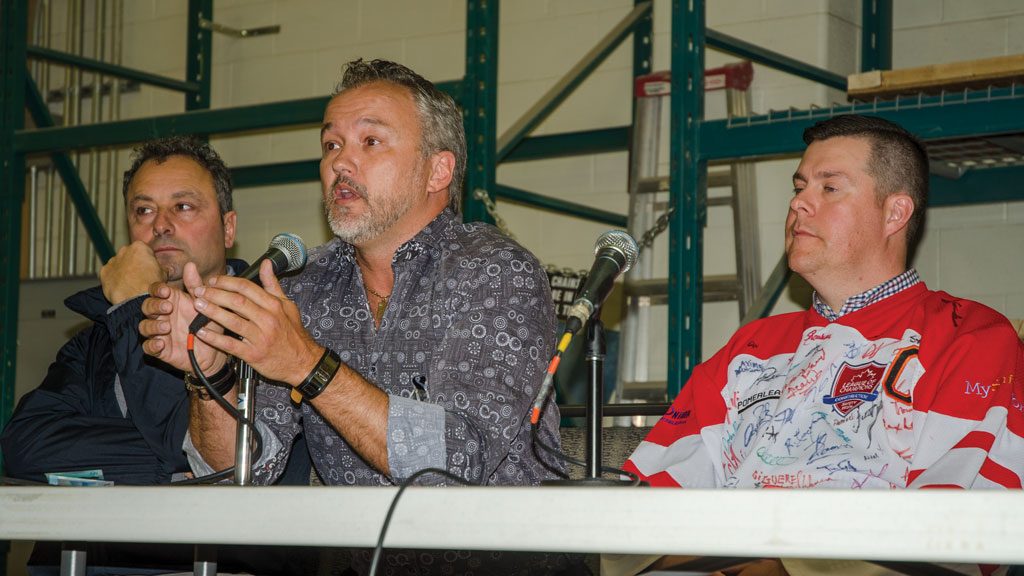

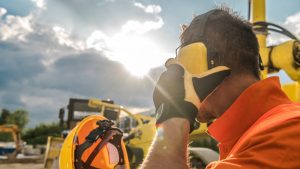

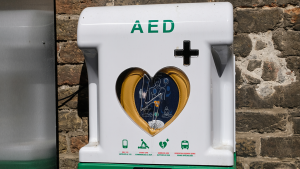
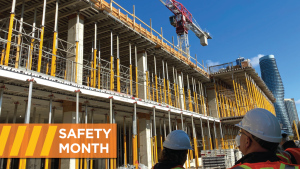
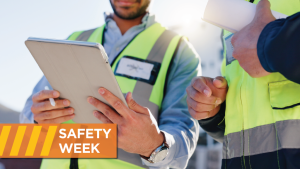
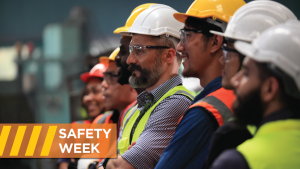

Recent Comments